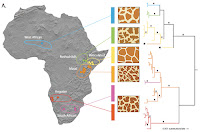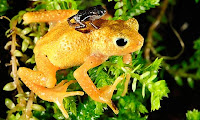The Rothschild Giraffe

Endangered . There are only a few hundred of them left in the wild. Maybe six-hundred-and-seventy of them. In Kenya and Uganda; and probably - in Southern Sudan. Sixty percent of them are said to be in Kenya. About 70 of these, are at the non-profit, breathtaking Soysambu Conservancy on the shores of Lake Elmenteita in the Great Rift Valley. The Rothschild’s giraffe fared the worst after Kenya’s Independence in 1963. Huge ranches in western Kenya around Soi were subdivided and sold, leaving the Rothschild’s giraffe with no habitat. The giraffe was endemic there. The Maasai giraffe covers a larger range south of the Equator, while the Reticulated giraffe is found in the drylands of the north. Both the Reticulated giraffe of northern Kenya and the Masaai giraffe of southern Kenya are facing challenges, too. Loss of habitat is widespread, hence the decline in their populations. Although giraffes have no competition for food resources with other browsers, (they can reach 20 f...


